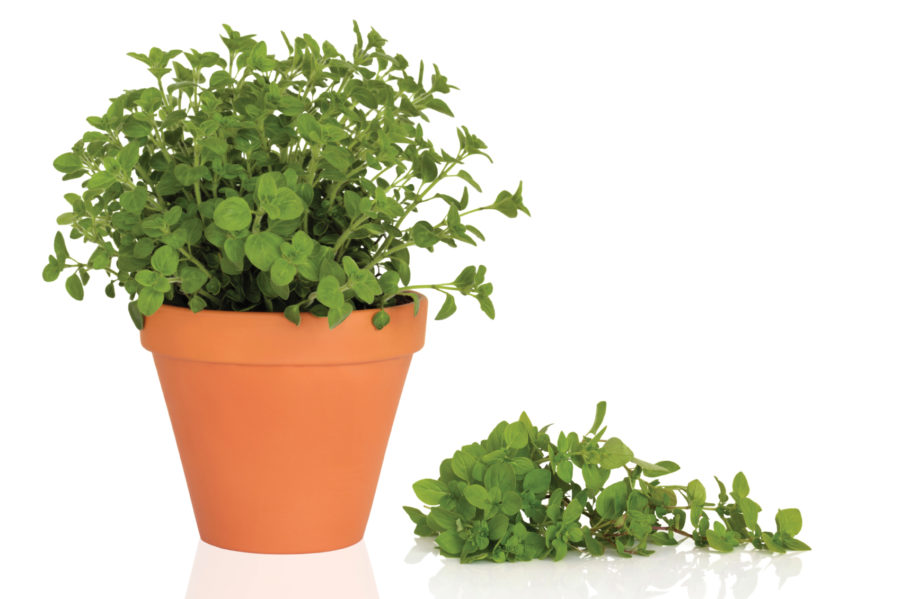Dried oregano is a staple that adds flavor, zest, and depth to a wealth of foods year-’round, from soups, stews, casseroles, and green salads to egg, cheese, and fish dishes, so it’s a must-have for the pantry.
But did you know that there are two distinctly different kinds of oregano leaves—Mexican and Mediterranean?
It’s true, and that difference can make for a fascinating difference in a recipe. Robust, with a slight hint of lemon, Mexican oregano is closely related to lemon verbena, is native to South America, and exhibits a clean lemon scent. Also carrying notes of citrus and mild licorice, Mexican oregano spices up Latin American dishes, Texas and Mexican chili, and salsas.
On the other hand, Mediterranean oregano is a member of the mint family and native to a whole ’nother continent or two whose countries ring the Mediterranean Sea: Greece, Portugal, Italy, Spain, Turkey, Egypt, and Morocco. Any one of these oreganos is certainly as hearty as the Mexican variety, but, as examples, Greek oregano is more earthy and redolent, oregano from Turkey is more piquant, and Italian oregano is milder.
These unique variations are indeed available, but you’re more likely to find them blended and sold simply as Mediterranean or Greek oregano, which complements the strong flavors of this region.
Such recipes include Italian pizza, vegetable lasagna Florentine, and marinara sauces; Turkish pilaf with mushrooms, and cucumber-yogurt soup; and Greek garlic-lemon potatoes.
You might have some trouble finding Mediterranean oregano occasionally, because dried Mexican oregano seems to be more commonly stocked in area grocery stores. No matter: Mexican oregano leaves can be successfully used whenever your recipe calls for this herb. And while the taste of the two oreganos does vary noticeably—but not as one being better than the other—if you stock your pantry with dried Mexican oregano, you’ll be oregano-ready.
Look for varietal dried oregano leaves at local or regional specialty shops, or on-line.
